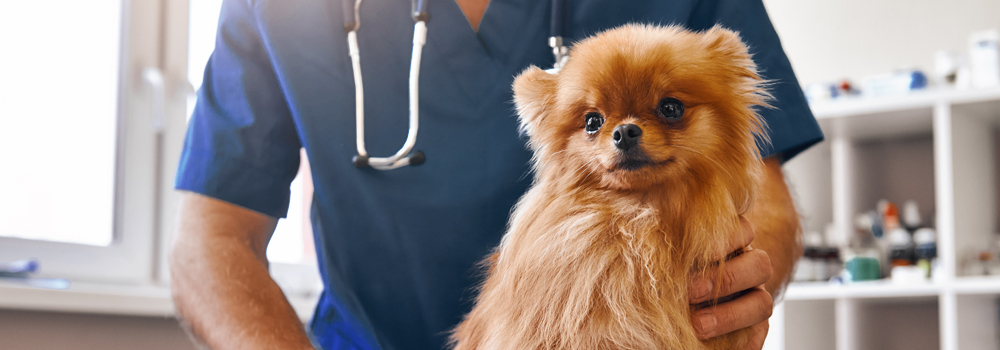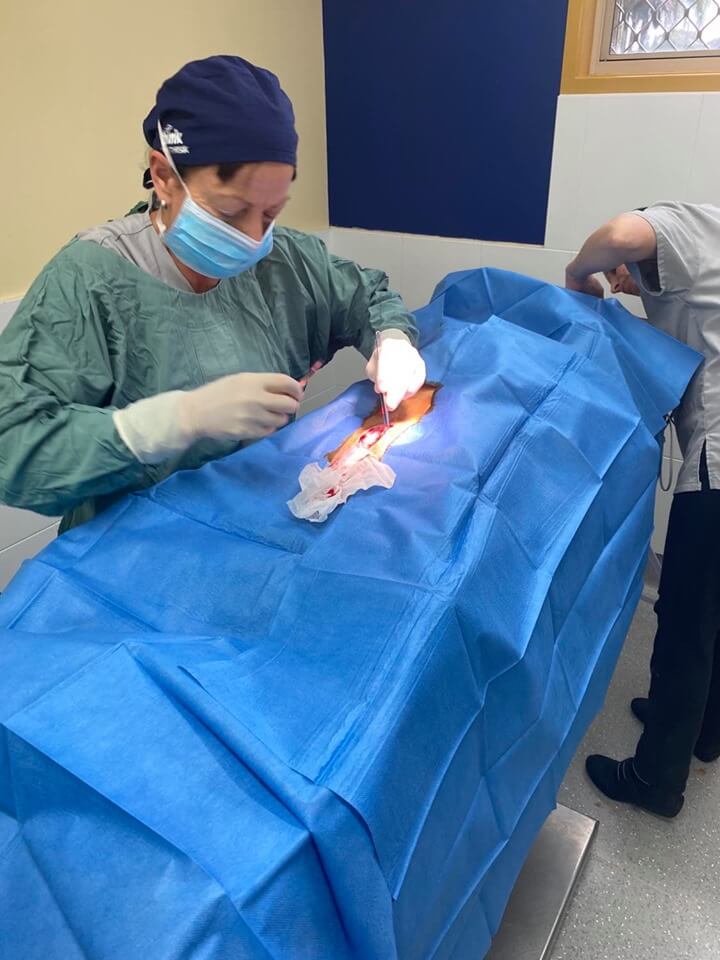
Orthopaedic Procedures
We are very proud that we offer an extensive range of orthopaedic services performed by Dr Sally Smith . Below are some examples of the more complex surgeries we perform here at Doyalson Animal Hospital.

Cranial Cruciate Ligament Disease: What is a Tibial Tuberosity Advancement (TTA)?
Tibial tuberosity advancement is a surgical procedure designed for the treatment of cranial cruciate ligament (which is known as the ACL ligament in humans) disease in the dog. It involves cutting the tibial tuberosity and advancing it forward so that the patella tendon is perpendicular to the slope of the tibial plateau. This prevents the abnormal sliding motion of the joint, which occurs after the ligament has been damaged. This surgical procedure relieves the pressure on the injured cranial cruciate ligament, stabilises the joint motion and therefore, reduces the inflammation in the joint and slows the progression of arthritis.
Your veterinarian will have discussed the diagnosis of ruptured cranial cruciate ligament with you. Radiographs of the stifle (knee joint) and the tibia need to be performed so we can assess the joint and measure the joint angles. As opposed to ACL rupture in humans which is usually a traumatic event; in dogs it is a slow, progressive disease as a result of a malformation of the joint resulting in an increased strain and force on the cranial cruciate ligament throughout life. The TTA procedure is designed to rectify the conformation abnormality and is thus a superior procedure to some of the older techniques used which focus on constructing a new “ligament”.
Patellar Luxation Surgery:
Patellar luxation is one of the most common orthopedic conditions in dogs with the condition affecting primarily small breeds. Patellar luxation (dislocation) is a condition where the patella (knee cap) rides outside or “slips” out of the femoral groove. There are varying grades of it, from mild forms where it may “slip” out every once in a while to severe forms where it may be permanently luxated. If left untreated, over time the joint cartilage can become worn down and arthritis sets in. Other structures in the knee such as the cranial cruciate ligament (ACL) are also potentially put under strain as a result of this condition.
As there are a number of factors affecting the mal-alignment of the patella, and so there are various techniques used to correct the problem. Each case is assessed individually and corrective surgery tailored to give the best possible outcome. The prognosis for this surgery is generally very good.
Complex fracture repairs:
Fractured bones can be difficult to repair, especially when they need precise re-alignment, such as when they occur through a joint. We are equipped, and have the expertise to repair most complex fractures.
Brachycephalic Airway Syndrome surgeries (e.g. Elongated soft palate resections)
Certain breeds of dogs and cats are prone to difficult, obstructive breathing because of the shape of their head, muzzle and throat. The most common dogs affected are the “brachycephalic” breeds. Brachycephalic means “short-headed.” Common examples of brachycephalic dog breeds include the English bulldog, French bulldog, Pug and Boxer. These dogs have been bred to have relatively short muzzles and noses and, because of this, the throat and breathing passages in these dogs are frequently undersized or flattened
Soft palate abnormalities should be treated if they cause distress to your pet, become more severe with time, or cause life-threatening obstruction. If your pet shows gagging, coughing, exercise intolerance, or difficulty breathing, resection of the excess soft palate may be necessary.

